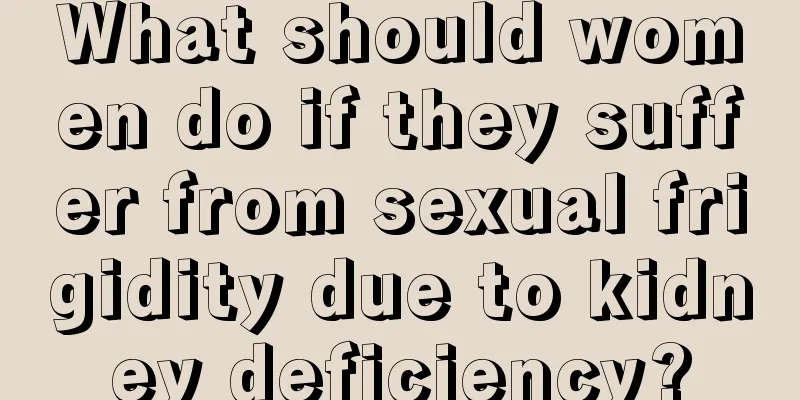Remove the "clouds" to know the real disease! Unveil the mystery of "moyamoya disease"

|
Moyamoya disease (MMD), also known as spontaneous basilar artery ring occlusion or abnormal vascular network at the base of the brain, is a chronic cerebrovascular disease of unknown cause, characterized by slow thickening of the intima at the terminal end of the internal carotid artery and the origin of the anterior cerebral artery and the middle cerebral artery, gradual narrowing and occlusion of the arterial lumen, and compensatory dilatation of the perforating arteries at the base of the brain. Due to the stenosis or occlusion of the intracranial origin of the internal carotid artery, an abnormal vascular network appears at the base of the brain. These abnormal vascular networks resemble "smoke" in cerebral angiography, so the disease is named moyamoya disease. Today, experts from the Department of Neurosurgery of Hunan Provincial Hospital of Traditional Chinese Medicine will teach you about moyamoya disease. 1. Risk factors or causes of moyamoya disease ① Asians: Moyamoya disease is found all over the world, but it is more common in Asia. ② Gender and age: Females have a slightly higher risk of developing moyamoya disease than males, and it is more common in children under 15 years old than in children over 15 years old. ③ Family history of moyamoya disease: 6%-12% of moyamoya disease patients have a family history. The incidence of moyamoya disease among patients' siblings is 42 times higher than that of ordinary people, and the incidence of moyamoya disease in patients' children is 37 times higher than that of normal people, suggesting that genetic factors play an extremely important role in the development of moyamoya disease. ④ Upper respiratory tract infection, tonsillitis, and vasculitis: These infectious histories may induce moyamoya disease. 2. Symptoms of Moyamoya Disease 1. Asymptomatic moyamoya disease: The patient has no symptoms and the disease is only discovered accidentally during the examination. 2. Symptomatic moyamoya disease: ① Typical symptoms of transient ischemic attack (TIA) include headache, epilepsy, limb weakness, paresthesia, and changes in vision and visual field. ② Patients with cerebral infarction have varying degrees of limb movement or sensory disorders, visual field defects, aphasia and other symptoms. ③The main cause of cerebral hemorrhage is the rupture of smoke-like blood vessels or combined microaneurysms. The most common is intraventricular hemorrhage or brain parenchymal hemorrhage that breaks into the ventricles. Basal ganglia or lobar hematoma can also be seen. Simple subarachnoid hemorrhage is relatively rare. Accompanying symptoms include epilepsy, headache, impaired consciousness, etc. Treatment of Moyamoya disease ① For patients in the chronic stage or patients with moyamoya syndrome, certain drug treatments targeting stroke risk factors or comorbidities may be beneficial, such as vasodilators, antiplatelet drugs, and anticoagulants, but they need to be vigilant about the adverse effects of the drugs. ② Acute treatment For patients in the acute phase of cerebral infarction or intracranial hemorrhage, conservative treatment or surgical treatment should be selected according to the actual situation. ③ Generally, during the treatment of moyamoya disease, patients must control their emotions and avoid getting angry, mad, excited, or overexcited. They also need to maintain a healthy and regular work and rest schedule and avoid being too tired or overworked. Finally, they should avoid hyperventilation, breathe steadily, protect the surgical site, and avoid compressing the blood vessels in the surgical area. Patients need to fully communicate their condition with their doctors. The doctors will select the most suitable medicine for the patient based on the patient's individual situation to achieve the best treatment effect.
(Edited by Wx) |
<<: [Medical Q&A] Is femoral head necrosis an “immortal cancer”?
Recommend
There is a lot of clear mucus in menstruation
Once women find that their menstruation is abnorm...
What are the benefits of taking Shenbao for women?
Shenbao tablets are a relatively common health pr...
Why is my period delayed by 10 days?
Menstruation is a symptom of the physiological pe...
What to do if leucorrhea has blood but no odor
A girl has many secrets in her life, psychologica...
Will irregular menstruation affect fertility?
Many female friends have irregular menstruation, ...
How should vaginal bleeding be treated?
Rough behavior is likely to cause bleeding in the...
Why do I feel a burning sensation after washing with lotion?
It is necessary for women to maintain personal hy...
Can money tree be cultivated in water? How to cultivate money tree in water?
Money tree is very common in life. Because of its...
What medicine is used for ovarian cysts
Ovarian cyst is a disease that is more common in ...
What are the table tennis techniques? How to appreciate table tennis?
Table tennis matches are very enjoyable to watch,...
How to choose bagged glutinous rice balls? What to do if the glutinous rice balls stick to the pan when cooking
Good glutinous rice balls have uniform color, are...
I vomited after drinking glucose.
Some women do not have diabetes originally, but a...
How much do you know about angina pectoris?
1. Concept: Angina pectoris is a clinical syndrom...
Femoral length at 28 weeks of pregnancy
Pregnant women should strictly control their weig...
Normal urine routine test for pregnant women
Every pregnant mother is worried and terrified du...









